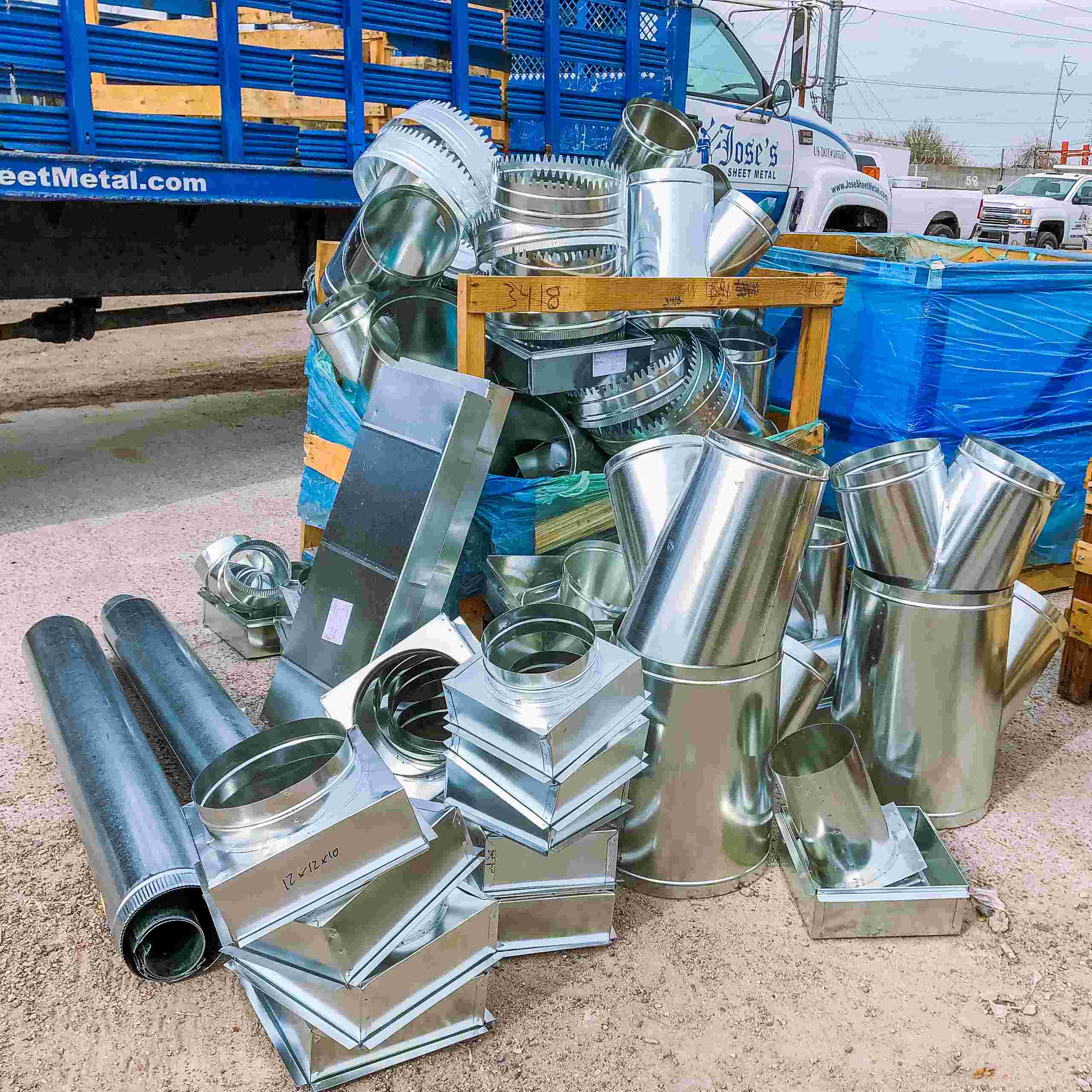In the realm of HVAC (Heating, Ventilation, and Air Conditioning) systems, the shape and configuration of ductwork play a pivotal role in optimizing airflow efficiency and overall system performance. Understanding the various shapes available and their specific applications can guide decisions in system design and installation.
Ducts are available in several shapes, each tailored to different spatial requirements and airflow dynamics:
Features: Characterized by their rectangular cross-section, these ducts are suitable for applications requiring high-volume airflow.
Applications:Commonly used in commercial and industrial settings where space allows for horizontal installation.
Benefits:Rectangular ducts offer efficient airflow distribution and ease of fabrication, making them ideal for large-scale HVAC systems.
Features: Circular in shape, round ducts minimize air resistance and pressure loss due to their streamlined design.
Applications:Preferred for residential and commercial installations where efficient airflow distribution is critical.
Benefits:They reduce energy consumption by promoting smooth airflow, enhancing overall HVAC system performance and energy efficiency.
Features:Combining aspects of both rectangular and round ducts, oval ducts provide a compromise between space efficiency and airflow performance.
Applications:Suitable for installations where ceiling height is restricted but efficient airflow distribution is required.
Benefits:They offer a unique aesthetic appeal and can optimize airflow dynamics in constrained spaces compared to traditional round or rectangular ducts.
When choosing the appropriate duct shape for your project, consider the following factors
Space Constraints:
Evaluate available installation space and select a duct shape that optimizes use of available space while meeting airflow requirements.
Airflow Efficiency:
Assess how each duct shape impacts airflow resistance, pressure drop, and overall HVAC system efficiency.
Installation Complexity:
Consider ease of installation and compatibility with existing building structures and HVAC components.
The selection of duct shapes is a critical aspect of HVAC system design, influencing airflow distribution, energy efficiency, and overall system performance. By understanding the characteristics and applications of different duct shapes, you can make informed decisions that maximize comfort and operational efficiency in residential, commercial, and industrial environments. Consult with HVAC professionals to determine the most suitable duct shape for your specific project needs, ensuring optimal performance and longevity of your HVAC system.

If you’re a new customer, you’ll receive 5% off your first order!